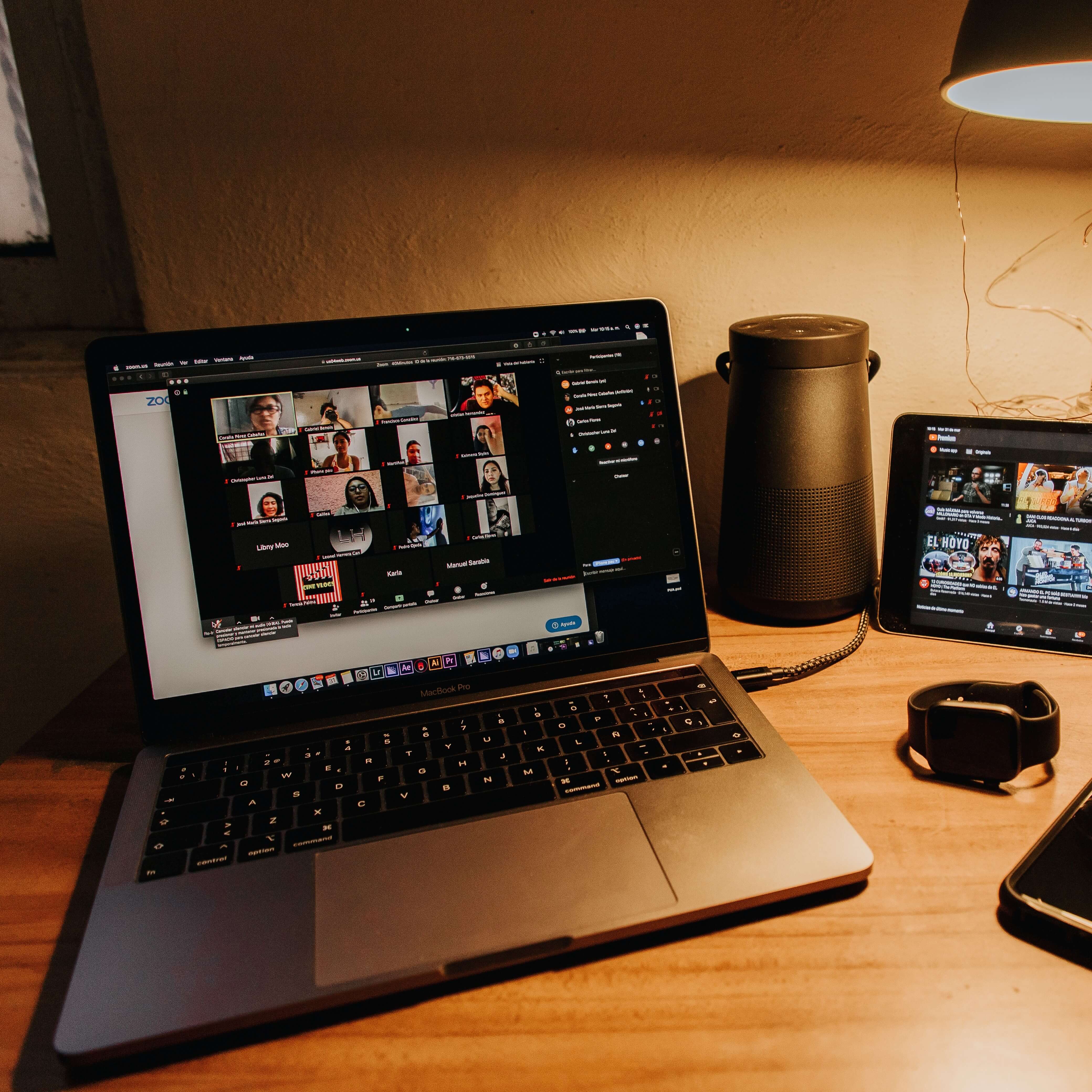
How Accurate Are Lateral Flow Tests?
Lateral flow tests are popular because they offer quick COVID-19 results in just a matter of minutes as opposed to other tests like the PCR, which takes about 24-48 hours. This has led to the worldwide use of these tests for quick COVID testing. The convenience is further enhanced by the fact that they can be used at home. But how perfect and accurate is the lateral flow accuracy?
With the cases of COVID-19 being rampant, desperate measures have to be put in place for people living in Scotland, Wales, and England as they can't access free COVID testing. Free lateral tests have been dispatched and are available to specific groups. These include the adult social care staff, NHS staff, and anyone at risk of getting COVID.
Other public members who wish to get their hands on the lateral flow test can still get them, but they will have to purchase them. Fortunately, if you are looking for lateral flow tests to purchase, tests such as the Healgen COVID test come cheaply and can easily be bought on websites. You can also buy a flowflex COVID test that is easy to use and offers fast results.
But are lateral flow tests accurate? Yes, they are, and they can detect COVID-19 in both symptomatic and asymptomatic patients.
In this article, we look at the correct way to take lateral flow tests and answer the question on everyone's mind: how practical are lateral flow tests?
The Correct Way to Take Lateral Flow Test

Before taking the test, you should refrain from eating or drinking anything within the hour to improve the accuracy of the lateral flow test. The surface you are taking the test on should also be clean and disinfected; the kit should be damage-free when you take it out of its packaging. You should also sanitise or wash your hands before you handle the apparatus.
Lateral flow test kits usually come with instructions showing how to use them. For example, if you use a throat swab, open your mouth wide and rub the back of your throat but stay clear of your teeth, gums and tongue. Keep going inside the nostril until you are met with resistance, and swab around for some time. When done, place the swab inside a liquid tube, then press down to the bottom. Squeeze it, so the sample is transferred to the liquid. This also enhances the accuracy of lateral flow tests.
Remove the swab from the liquid and close off the tube. Shake it around to ensure the sample thoroughly mixes with the liquid. Squeeze the drops on the test strip and analyse the strip after the stated time.
The result is positive if there is a line next to the T (Test line) and C(control) lines. The result is negative if there is only a line by the C-line. Even if the line is faint and there are two, the result still stands positive.
Sensitivity vs Specificity
Lateral Flow Test Accuracy is related to sensitivity which refers to the ability of a test to diagnose individuals infected with COVID-19. When looking into how accurate lateral flow tests are, out of 100 people infected with COVID-19 and showed symptoms, around 72 would turn out positive if they took a lateral flow test. This is a relatively low sensitivity; thus, when you get a negative result, it does not necessarily mean you don't have COVID-19. The result could be a false negative, which means that you are not actually negative even though the results came back negative.
If you display the symptoms of COVID-19, you should take precautions and assume that you are infected. This might mean going into self-isolation and arranging to take a PCR test as soon as possible.
When they come back positive, on the other hand, there is more confidence that you have COVID-19. This is now courtesy of the specificity of lateral flow tests. They can diagnose uninfected individuals accurately; hence, chances for a false positive are unlikely. It is also essential to look at where the test is happening. If it is a low infection rate, you can rule out a positive result, and you will be more likely to accept a negative result. On the other hand, if the disease is common in a particular area, then a positive result is likely to be accurate, and a negative result is likely not to be accepted.
Because of this, it is common to find instances where some people whose results came out positive were asked to self-isolate, even though they didn't have COVID. Some countries insist on doing a PCR test to be sure when someone tests positive on a lateral flow test.
How Effective Are Lateral Flow Tests in the Fight Against the Spread of COVID-19?
PCR tests are the go-to if you want accurate results regarding your COVID-19 status, and that is true. However, there is a question of infection as fragments of RNA can still be around even weeks after you are clear of the infectious virus. This means that, at times, you may still test positive even though you can no longer spread the virus. Individuals infected with the virus are contagious within 4-8 days. Transmission happens two days before to five after symptoms develop. Therefore, the median of individuals getting positive results falls under 22-33 days.
Lateral flow tests might be less sensitive than PCR, but research shows they were the most reliable and accurate when testing in the first week after symptoms developed. This was likely to be behind this because people tended to have more viruses in their systems during this time. This is likely why the UK government is looking into using lateral flow tests instead of quarantine for individuals who make close contact with people who have COVID-19.
These individuals ought to test themselves every morning for around seven days. After that, any who show no symptoms and turn out negative can leave home and go about work or other essential activities. Then, the following day, you should take another test to see if there is a need for isolation or if you can leave your house and tend to other essential activities. Because the results are out much faster and you can conduct the test on your own, rapid tests are convenient. Moreover, given that at least one in every three people has COVID and is unaware, the quickness and efficiency of the rapid flow test will help people know if they should isolate or not much faster, thus reducing and breaking chains of transmission.
Conclusion
Lateral flow tests have many advantages. They are quick, convenient and affordable. These tests also offer accurate results, especially during the early stages of COVID-19. They are preferred over PCR tests since they deliver their results in minutes, unlike the latter tests that take 1-2 days to produce results.



